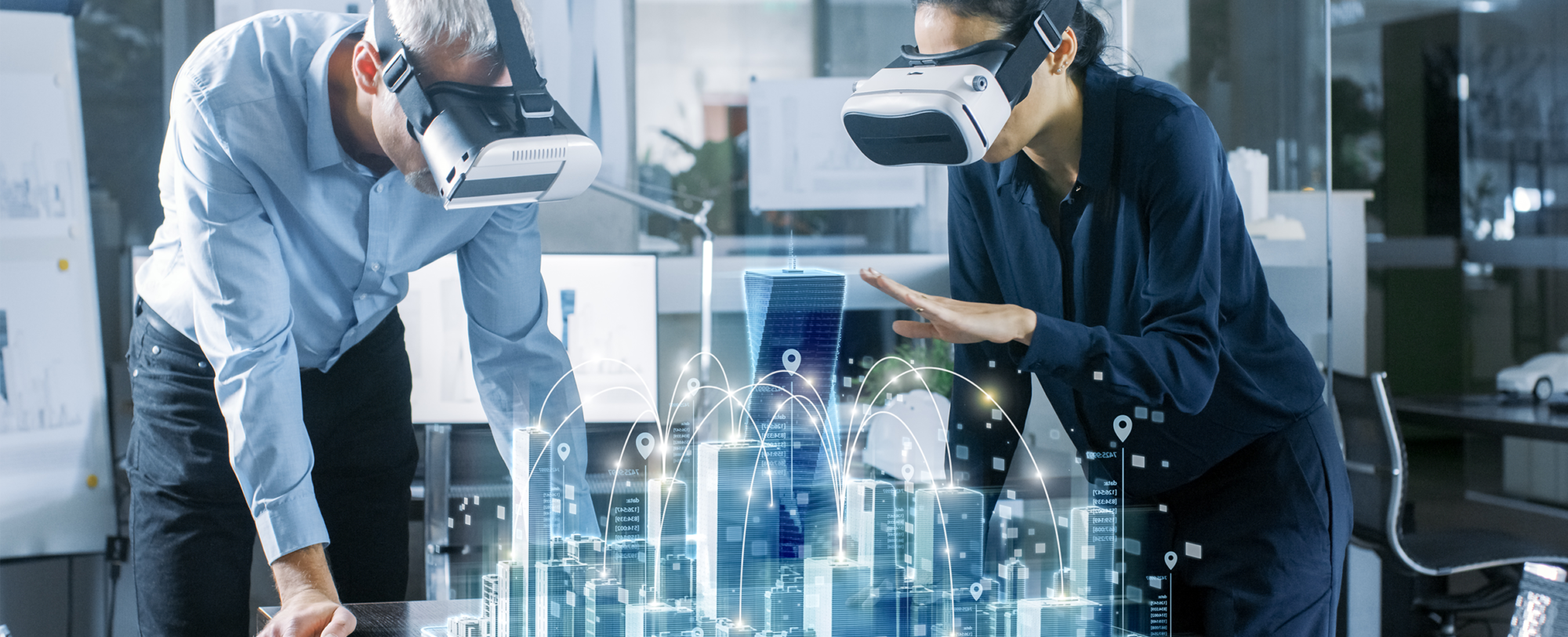“Many perceive BIM as just a 3D tool for construction – but it’s so much more than this.”
Service Works Global’s ‘BIM for FM’ webinar this week showed the practical side of how building information modelling (BIM) can be used within FM, and was led by Penny Brinsley, representing SWG UK, and Mats Broman and Pål Janson from SWG Nordic.
What is BIM?
The webinar began with an introduction to BIM from Broman, dispelling any misunderstandings about the purpose of BIM. More than a model, it’s a way of working to collect, structure and facilitate the flow of data for a collaborative environment. It provides easier access to building and asset information which leads to better decision making and improved communication for improved organisational outcomes.
BIM for existing buildings
BIM can be implemented at any stage of a building’s lifecycle, and is not limited to newer constructions. It was then explained how this could be done, complete with demonstrations of a 3D laser scan in action.
“A 3D model can be created from existing drawings and blueprints,” Janson explained, “but a laser scan is much quicker and is accurate to within a few millimetres. It captures precise measurements, colours and images to help create the model; it could even be mounted onto a drone to scan large outdoor areas.”
The model is then integrated with an asset database, in this case, Service Works’ CMMS system QFM, to provide and manage the operational data.
User-friendly BIM data
A quick demonstration showed the audience three views within the same BIM model: architectural, electrical and one showing an HVAC asset. Users are able to zoom in and click their area of interest which then brings up all its properties. Data is displayed in a similar way to Excel, allowing sorting, filtering, grouping or the ability to drill down further into the information without the need for training in graphical modelling. Even documents like technical specifications or O&M manuals can be accessed from the model.
Seamless integration between BIM and CMMS software means that changes can be made within the familiar CMMS environment and are reflected on the BIM model, with no design knowledge or importing / exporting of data required.
Digital twins
Broman rounded off the webinar with a look into digital twins and how they relate to FM. “Digital twins replicate digital objects in the physical world, and BIM is a fundamental component of this,” he explained.
The twin shows the exact state of the building or an asset in real time, based on data collected from sensors. This includes data from the CMMS system, the building management system (BMS), and environmental data such as traffic / footfall or carbon levels, for example. By better understanding the interaction between building, its assets and inhabitants, facilities managers have the chance to improve building operation and maintenance. New ideas and strategies can be tested on the model in the risk-free virtual environment before any changes are made on the physical components.
If you missed the webinar and would like the recording or would like to know more about our BIM software and modelling services, please contact info@swg.com
Keep up to date on the latest industry and technology developments: sign up to receive Service Works’ blog delivered straight to your inbox:
 Australia
Australia




